Safer Sleep Sanctuary: Ultimate Guide to Low-Formaldehyde Beds
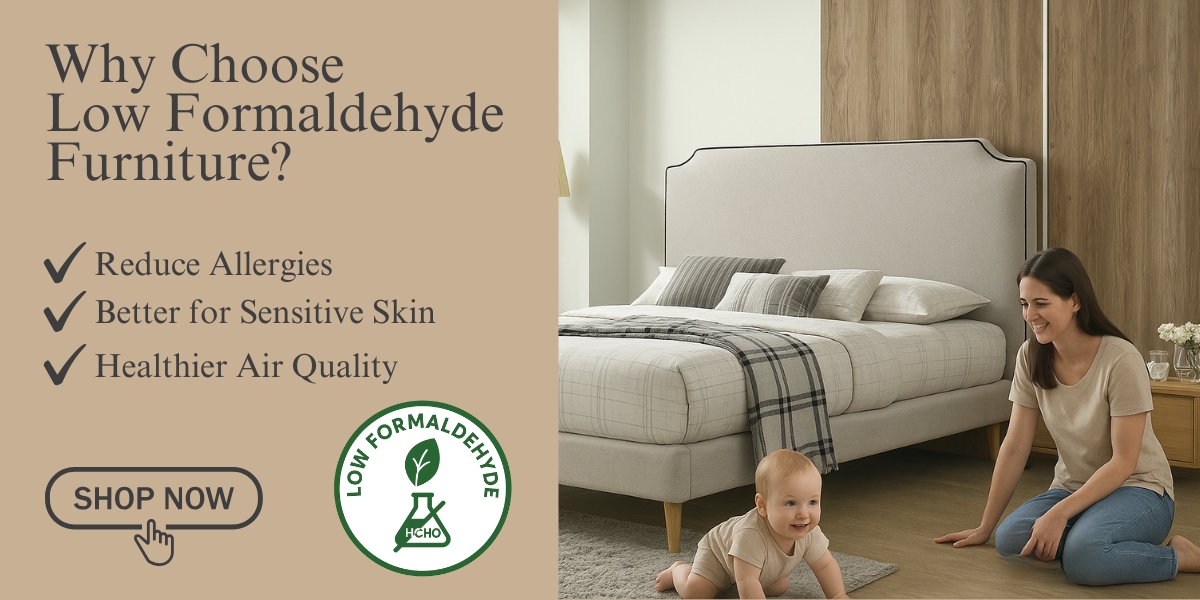
Table of Contents
- Introduction: Why Low-Formaldehyde Beds Matter
- Health Risks of Formaldehyde in Traditional Beds
- Top 7 Benefits of Low-Formaldehyde Beds
- What to Look for When Buying a Low-Formaldehyde Bed
- Comparison: Traditional vs. Low-Formaldehyde Beds
- Creating a Complete Non-Toxic Sleep Sanctuary
- Frequently Asked Questions
- Conclusion: Investing in Healthier Sleep
In our quest for healthier living environments, we often overlook one crucial space where we spend nearly a third of our lives: our beds. While we carefully select organic foods and natural cleaning products, the very foundation of our rest might be silently releasing harmful chemicals into the air we breathe all night long.
Today’s comprehensive guide introduces low-formaldehyde beds – an essential investment for anyone concerned about indoor air quality, chemical sensitivity, or creating a truly healthy home environment. These innovative sleep solutions are revolutionizing how health-conscious consumers approach bedroom furnishings.
Key Takeaway: Low-formaldehyde beds can significantly reduce your exposure to harmful VOCs during sleep, potentially improving respiratory health, sleep quality, and overall wellbeing.
Health Risks of Formaldehyde in Traditional Beds
Many conventional beds, particularly those constructed with engineered wood products like particleboard, plywood, and MDF (Medium-Density Fiberboard), contain significant amounts of formaldehyde-based adhesives. These materials can “off-gas” or release formaldehyde vapors into your bedroom air for years after purchase.
According to the Environmental Protection Agency (EPA), formaldehyde exposure can cause a range of health issues including:
- Respiratory irritation – Burning sensations in the eyes, nose, and throat
- Allergic reactions – Worsening of asthma symptoms and increased sensitivity
- Sleep disruption – Difficulty breathing can lead to poor sleep quality
- Headaches and fatigue – Common symptoms of prolonged low-level exposure
- Long-term health concerns – Formaldehyde is classified as a probable human carcinogen
“The bedroom should be a sanctuary for rest and recovery, not a source of chemical exposure. The quality of the air we breathe during sleep directly impacts our recovery, immune function, and overall health. Choosing low-formaldehyde furniture for the bedroom is one of the most significant steps toward creating a truly restorative sleep environment.”
Top 7 Benefits of Low-Formaldehyde Beds
Investing in a low-formaldehyde bed offers numerous advantages that extend far beyond reduced chemical exposure:
1. Improved Indoor Air Quality
Low-formaldehyde beds release significantly fewer volatile organic compounds (VOCs) into your bedroom air. This reduction in airborne chemicals creates a cleaner breathing environment during the critical hours of sleep and recovery.
2. Enhanced Sleep Quality
Many users report deeper, more restorative sleep after switching to low-formaldehyde bedroom furniture. With fewer respiratory irritants present, your body can focus on true restoration rather than processing toxins.
3. Reduced Allergy Symptoms
For sensitive individuals and allergy sufferers, formaldehyde can trigger or worsen respiratory symptoms. Eliminating this trigger often leads to reduced morning congestion, fewer headaches, and less frequent allergy flare-ups.
4. Eco-Friendly Choice
Low-formaldehyde beds typically feature more sustainable materials and manufacturing processes, reducing environmental impact while creating a healthier home.
5. Superior Craftsmanship
Manufacturers of low-formaldehyde furniture often emphasize quality construction and materials, resulting in beds that maintain structural integrity longer than conventional alternatives.
6. Safe for Vulnerable Populations
Children, elderly individuals, and those with existing respiratory conditions benefit most from reduced chemical exposure, making low-formaldehyde beds an especially important choice for these groups.
7. Long-Term Investment Value
While initial costs may be higher, low-formaldehyde beds typically outlast conventional options by many years, providing better value over time while protecting your health.
What to Look for When Buying a Low-Formaldehyde Bed
When shopping for low-formaldehyde beds, consider these important factors to ensure you’re getting a truly healthy product:
Material Composition
The ideal low-formaldehyde bed features:
- Solid Wood Construction – Solid hardwoods like oak, maple, walnut, or cherry naturally contain minimal formaldehyde compared to engineered wood products.
- Metal Components – Metal frames or supports eliminate wood-based adhesives altogether.
- NAF (No Added Formaldehyde) Materials – Any engineered wood should carry NAF certification, indicating no formaldehyde-containing resins were used in manufacturing.
Comparison: Traditional vs. Low-Formaldehyde Beds
| Feature | Traditional Beds | Low-Formaldehyde Beds |
|---|---|---|
| Primary Materials | Particleboard, MDF, plywood with formaldehyde resins | Solid wood, metal, NAF-certified engineered wood |
| Chemical Emissions | High VOC off-gassing, especially when new | Minimal to no formaldehyde emissions |
| Durability | 3-7 years average lifespan | 10-20+ years with proper care |
| Price Range | $200-$800 | $600-$2,500+ |
| Health Impact | Potential respiratory irritation and allergy triggers | Supports better respiratory health during sleep |
| Environmental Impact | Higher carbon footprint, more frequent replacement | Sustainable materials, longer lifespan |
While low-formaldehyde beds typically represent a higher initial investment, their superior longevity, health benefits, and environmental advantages offer compelling long-term value.
Creating a Complete Non-Toxic Sleep Sanctuary
For the ultimate healthy sleep environment, pair your low-formaldehyde bed with these complementary elements:
Mattress Selection
Choose mattresses made with natural materials like:
- Organic latex – Naturally resistant to dust mites and mold
- Organic cotton – Breathable and free from pesticides
- Natural wool – Provides natural flame resistance without chemical treatments
Bedding Considerations
Complete your non-toxic bed with:
- GOTS-certified organic cotton sheets – Free from chemical finishes and dyes
- Natural fiber blankets – Wool, cotton, or hemp options
- Organic pillows – Filled with natural latex, wool, or cotton rather than synthetic materials
Air Quality Enhancements
Further improve your bedroom environment with:
- Air-purifying houseplants – Snake plants, peace lilies, and spider plants naturally filter air
- Proper ventilation – Install window fans or ensure adequate air exchange
- HEPA air purifiers – Capture airborne particles and some VOCs
Frequently Asked Questions About Low-Formaldehyde Beds
How long do formaldehyde emissions last in traditional beds?
Formaldehyde emissions from conventional furniture can persist for 3-5 years, with highest levels occurring during the first 1-2 years after manufacturing. Factors like room temperature and humidity can accelerate off-gassing.
Are metal bed frames automatically low in formaldehyde?
While metal frames themselves don’t contain formaldehyde, some may feature particleboard or MDF components in headboards or support systems. Always verify the materials used in all parts of the bed.
Can I test my current bed for formaldehyde emissions?
Yes, home formaldehyde testing kits are available online and at some hardware stores. Professional indoor air quality testing provides more comprehensive results but at higher cost.
Is there a “break-in period” for low-formaldehyde beds?
Even low-formaldehyde beds may have minimal off-gassing from natural wood oils or water-based finishes. This typically dissipates within 1-2 weeks and doesn’t pose health concerns for most people.
Are low-formaldehyde beds worth the extra cost?
For those with chemical sensitivities, respiratory issues, or concerns about long-term health impacts, the additional investment in a low-formaldehyde bed is generally considered worthwhile given the extended lifespan and health benefits.
Conclusion: Investing in Healthier Sleep
At a time when we’re increasingly aware of how our environment impacts our wellbeing, the choice to invest in a low-formaldehyde bed represents a meaningful commitment to your health. By creating a safer sleep sanctuary, you’re not just improving your nights – you’re enhancing the quality of your days.
Low-formaldehyde beds offer a powerful combination of benefits: reduced chemical exposure, improved sleep quality, longer furniture lifespan, and environmental sustainability. For the health-conscious consumer, they represent one of the most impactful upgrades you can make to your living space.
Transform your bedroom into the pure, restorative space it should be. Your body will thank you with better sleep, improved energy, and potentially fewer respiratory issues – benefits that extend far beyond the bedroom.
Final Thought: When we consider that we spend approximately one-third of our lives in bed, investing in a low-formaldehyde sleep environment becomes one of the most important health decisions we can make for ourselves and our families.

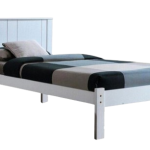
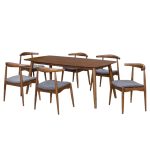
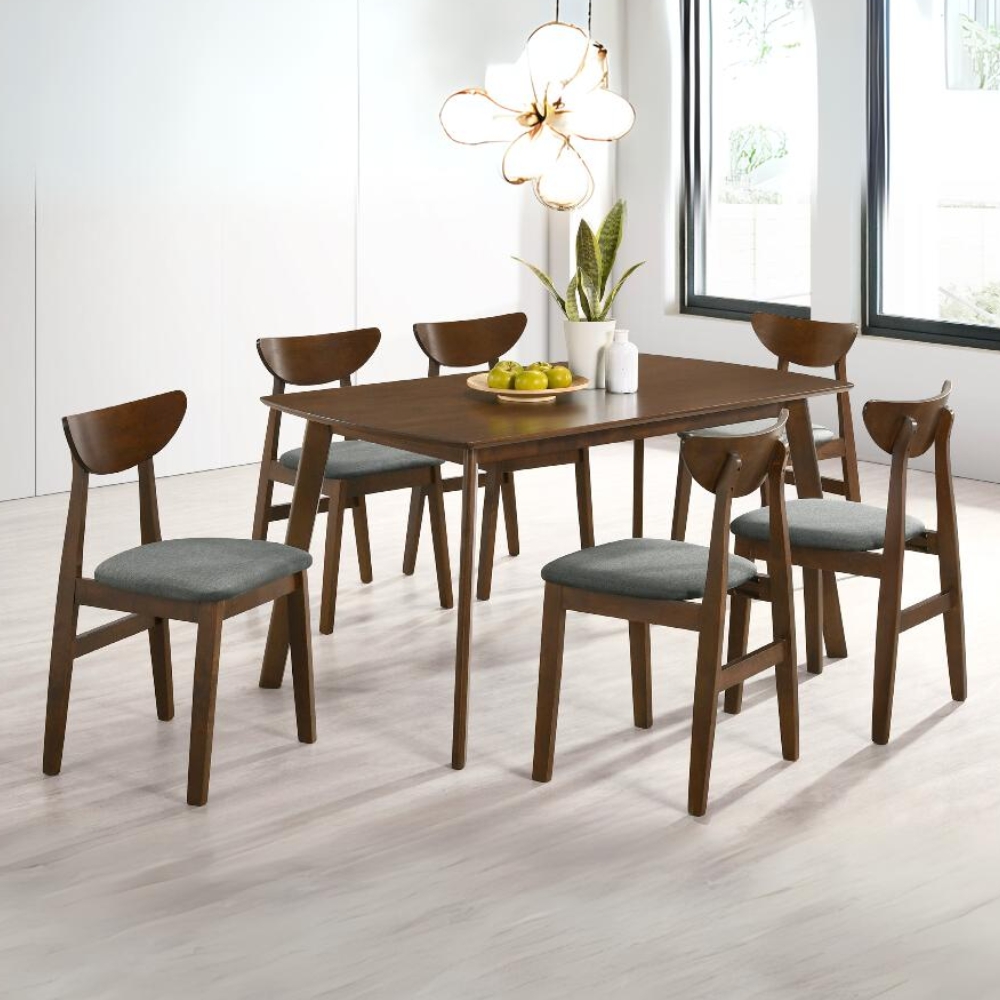



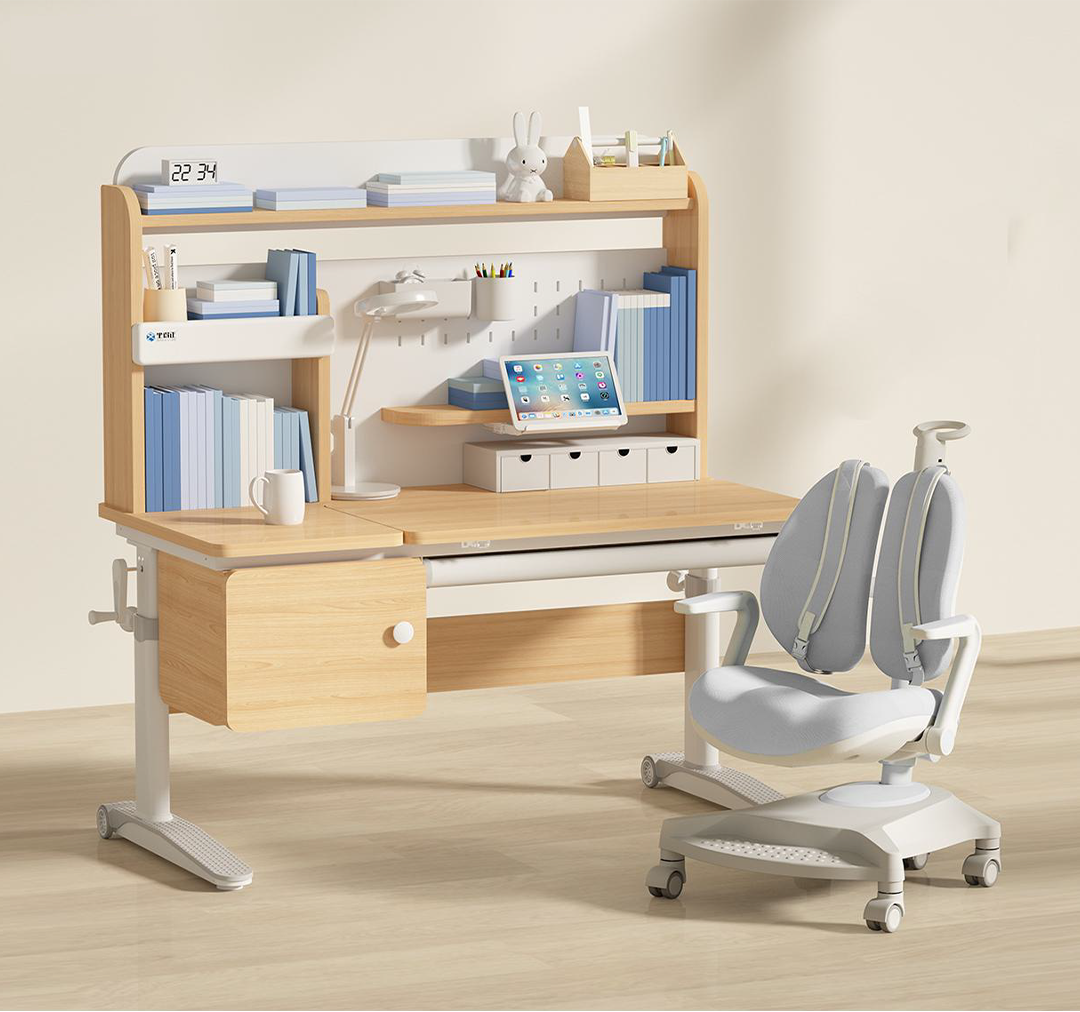
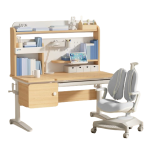
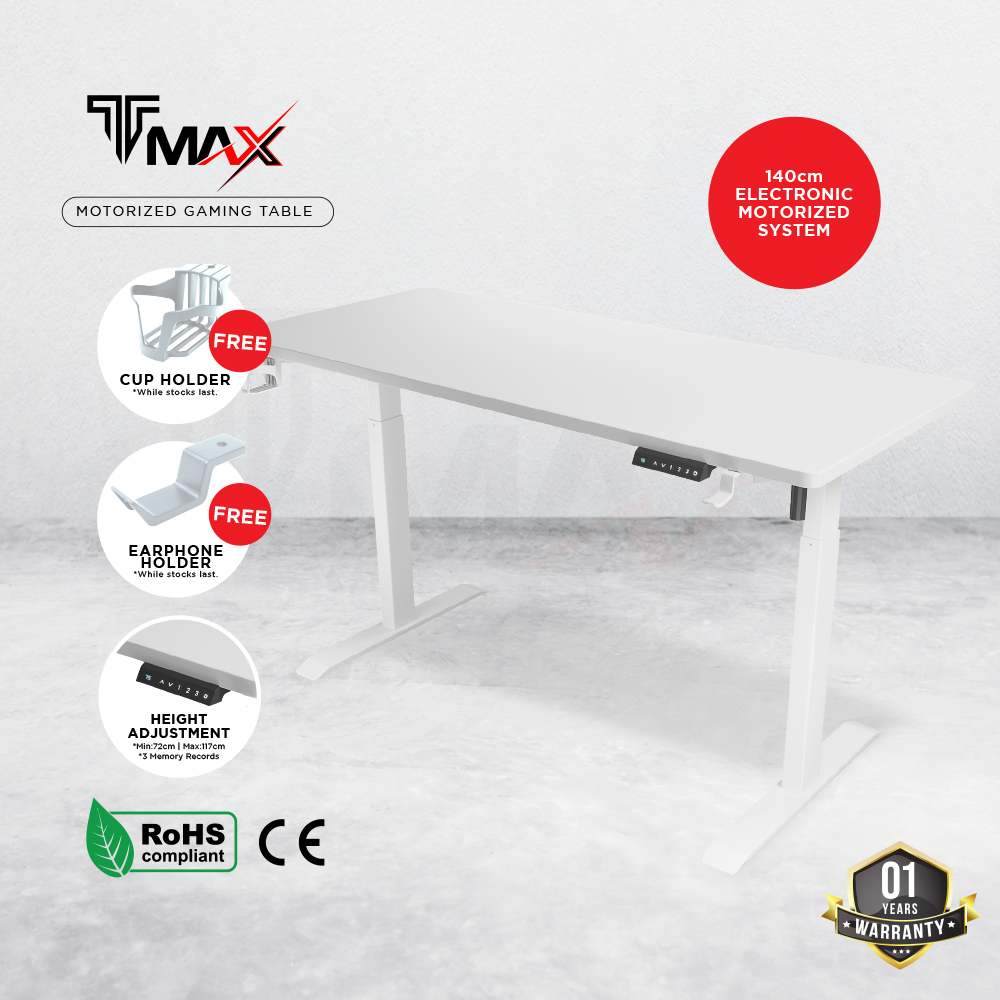
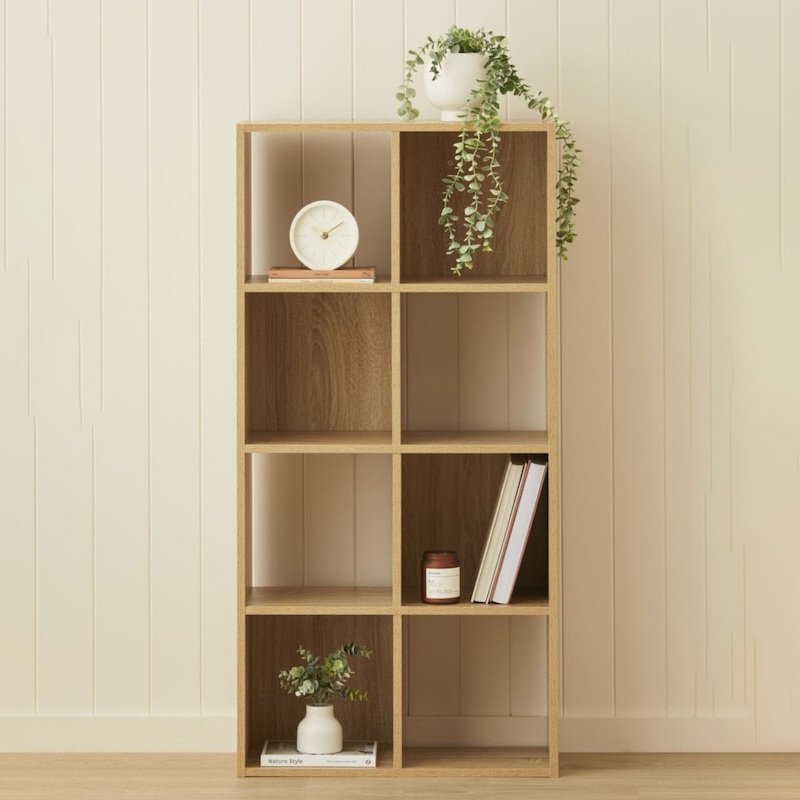


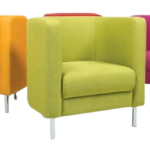
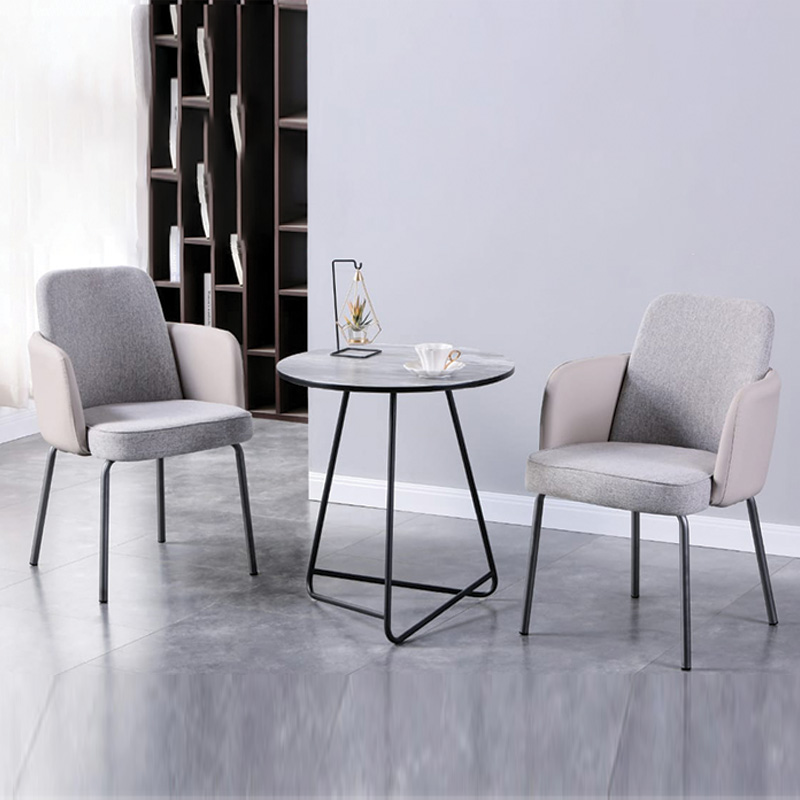
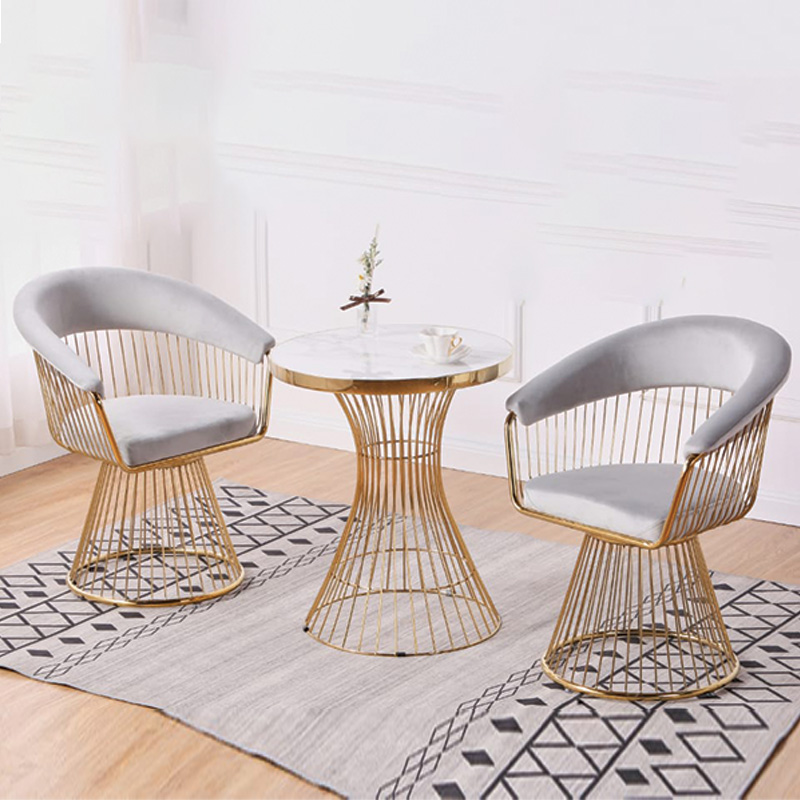
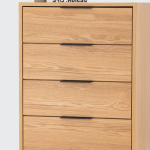
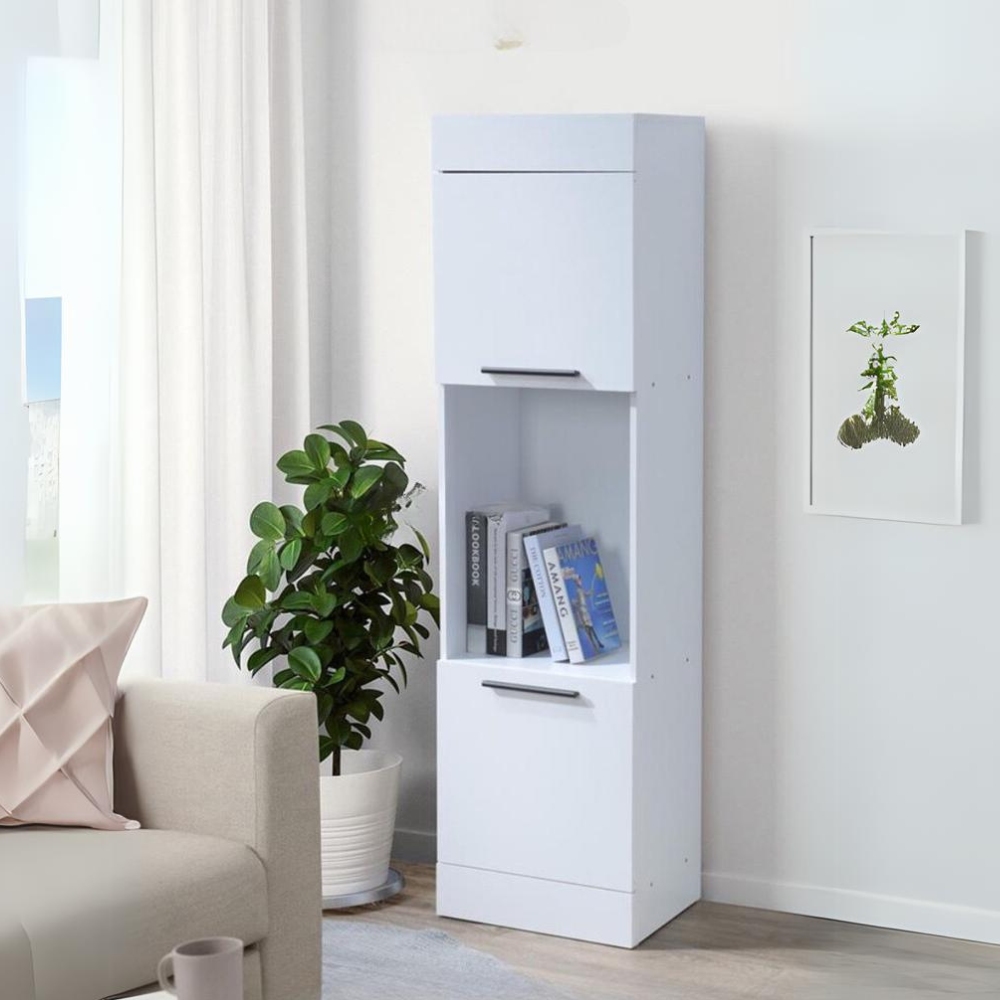
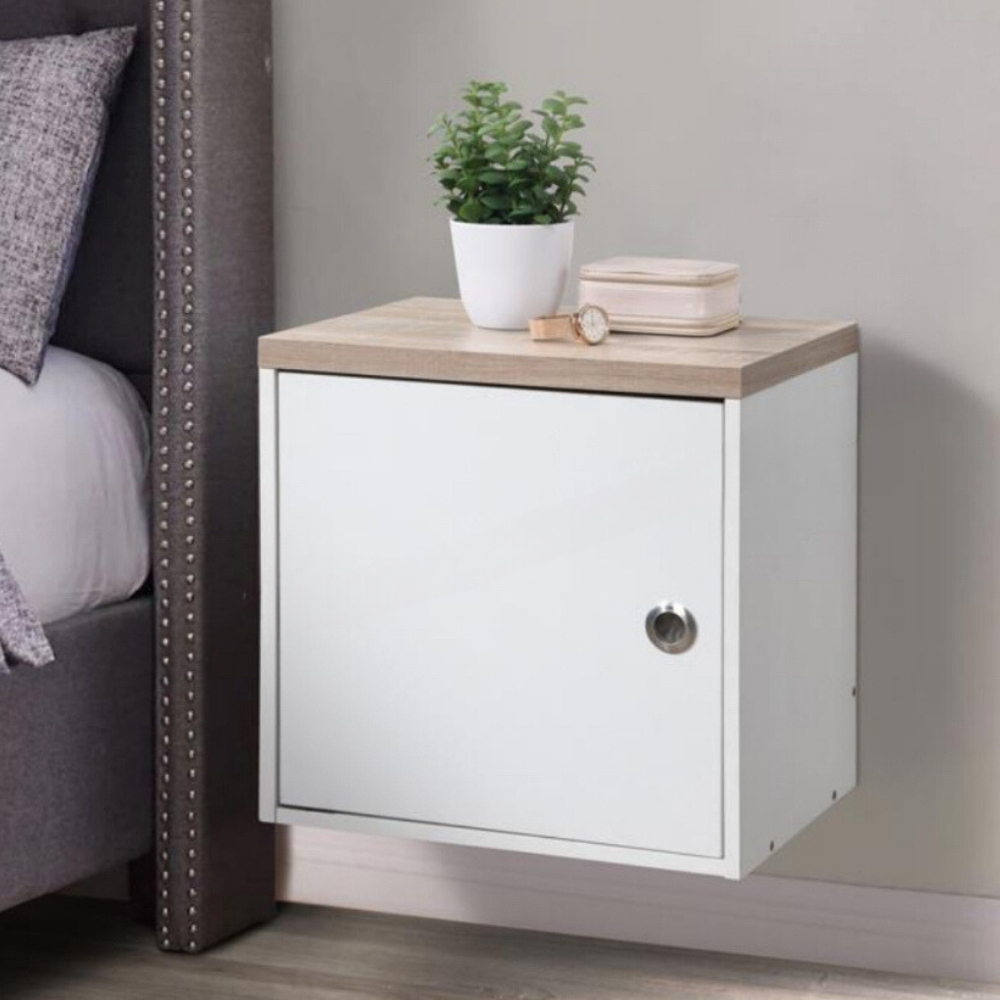


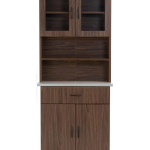
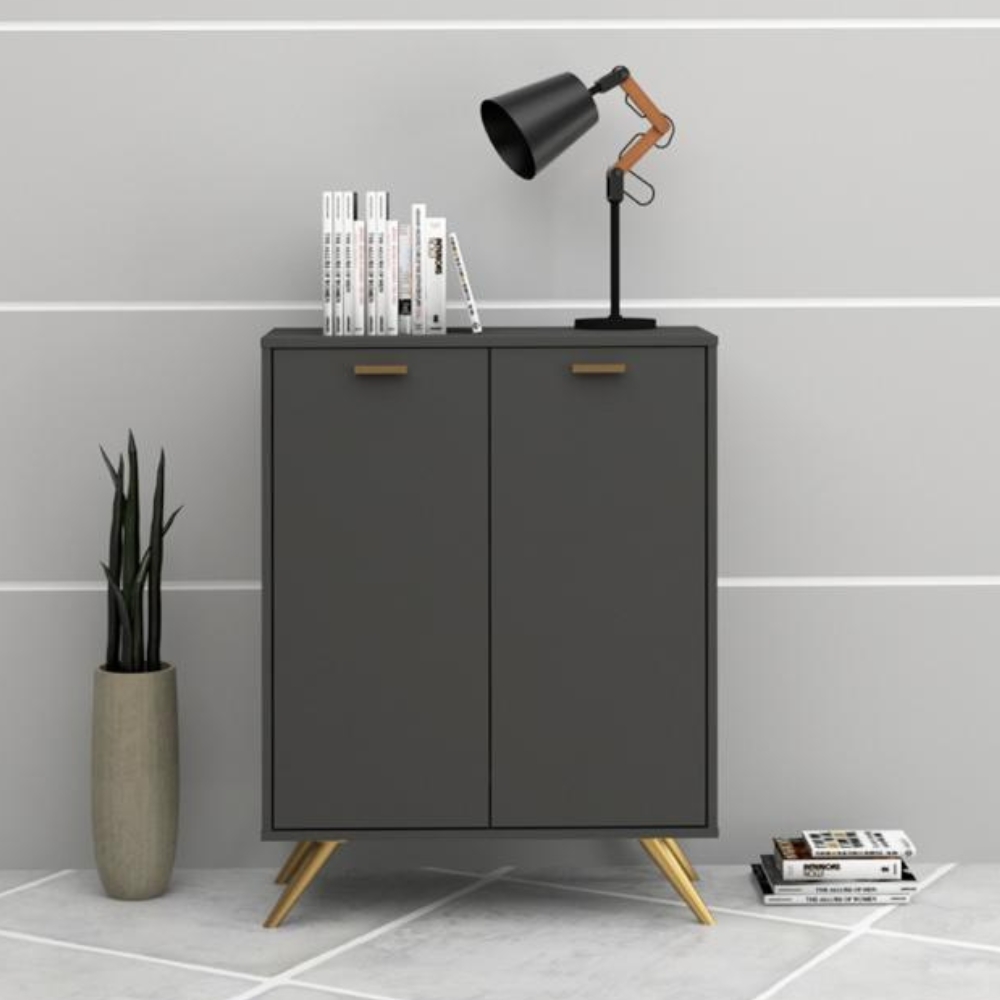




















 Office Storage
Office Storage Steel Cabinet
Steel Cabinet
